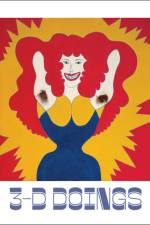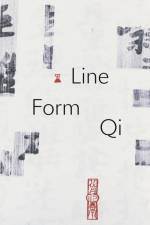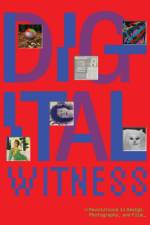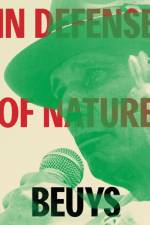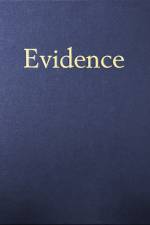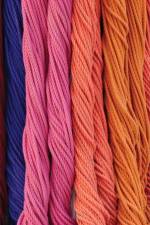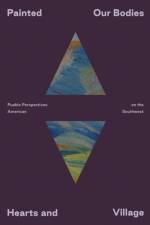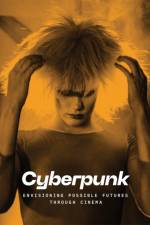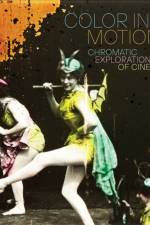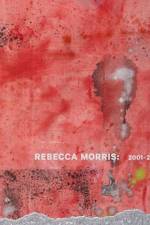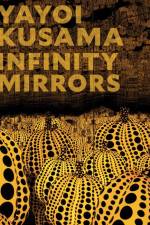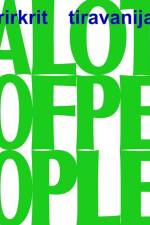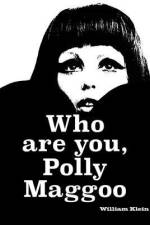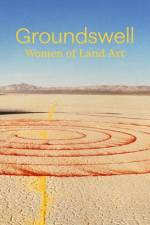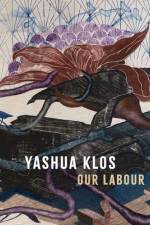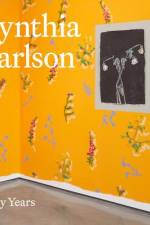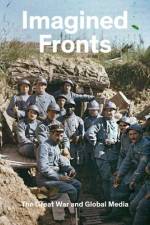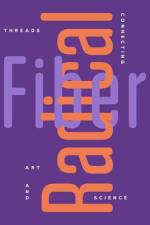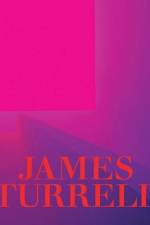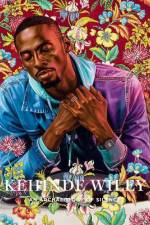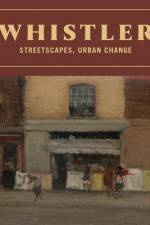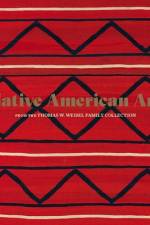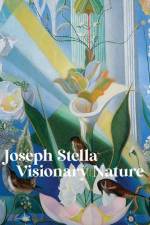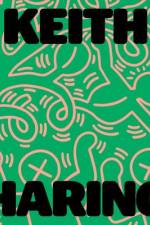av Alison Hearst
581
Artists from Nam June Paik to Arthur Jafa show how modern digital technologies have shaped the art and themes of our timeSurveying some 50 years of groundbreaking art related to digital technology and the screen, I'll Be Your Mirror examines how technologies such as home computers, smartphones and TV have affected art and life over the past five decades. It traces a trajectory stretching back to the late 1960s, a watershed moment in the rise of the screen in the home. Today, accelerated by the pandemic, our daily life is mediated through screens for work, entertainment and sociality.Artists include: Lillian Schwartz, Nam June Paik, Lynn Hershman Leeson, Andy Warhol, Gretchen Bender, Eva and Franco Mattes, Jacqueline Humphries, Cory Arcangel, Petra Cortright, Elias Sime, Rafael Lozano-Hemmer, Trevor Paglen, Hito Steyerl, Liss LaFleur, Kristin Lucas, Rick Silva, Wickerham & Lomax, Avery Singer, American Artist, Simon Denny, Skawennati, Jacolby Satterwhite, Carson Lynn, Ed Atkins, Arthur Jafa, Cao Fei and Frances Stark.

